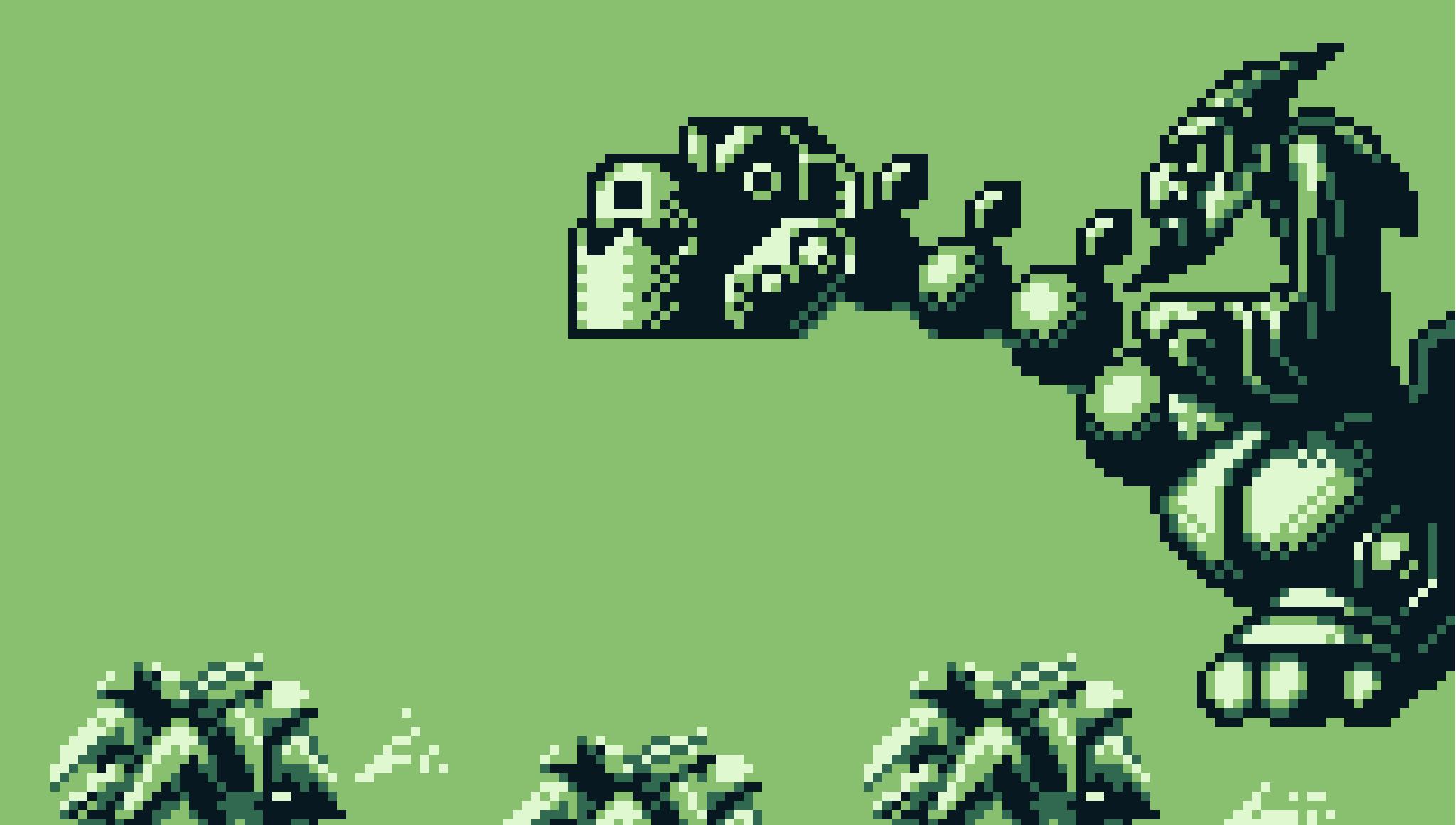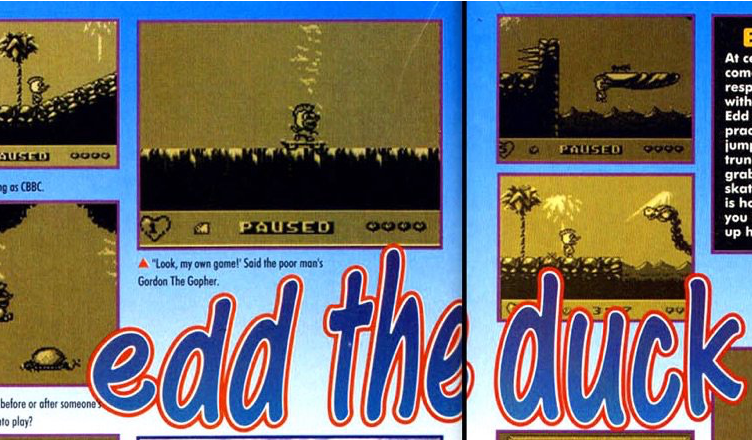In June of 1993, Australian game developer Beam Software released a game for the Nintendo Game Boy entitled Baby T-Rex. The game was nothing special, a fairly competent platformer about a dinosaur saving his girlfriend from an evil wizard. The game received average reviews at the time in magazines and was quickly forgotten about.
Later during November of that year, Beam Software developed a licensed game for the Don Bluth film We’re Back! A Dinosaur’s Story for publisher Hi Tech Expressions. Once again, the game received average reviews at the time in magazines and was quickly forgotten about.

While both of these games were released, two other handheld products by Beam Software also came to shelves exclusively to some countries – Bamse (a license based on a popular Swedish comic character) and Agro Soar (a license based on the Australian show Agro’s Cartoon Connection). Once again, the game received average reviews at the time in magazines and was quickly forgotten about.
As you can tell, all of these games are very similar. They were all developed by Beam Software, they were all released in 1993 and they were received as an alright platformer by the current press. Why is that?
Because they are all the exact same game.
All of these games feature identical level layouts right down to a single pixel, with minor differences for the cutscenes and sprites to fit in with the license. Even the music is identical to each revision.
The reason behind this? Fairly simple. Beam Software’s publisher, Laser Beam Entertainment, wanted to publish the game worldwide and appeal more to other regions. Presumably, the problem was that not all regions would be interested in a game called “Baby T-Rex,” so programmer David Theodore was tasked to slightly modify the code and sprites to appeal to a different countries.
The game’s engine was a simple in-house system developed by programmer Bill McIntosh in 1992. It’s first use came in a game released one year prior to Baby T-Rex, a licensed game for Tom & Jerry from October that year. The only other released game to use Bill’s engine was the Game Boy port of Taz-Mania 2, released in early 1997.
This game is actually different to the previous revisions in terms of levels and such, but an earlier version of the game simply called Taz-Mania was another identical revision of Baby T-Rex. It was likely cancelled as Sunsoft was already in development of a separate Taz-Mania game for the Nintendo Game Boy.

The 5 Missing Games
Amusingly, Beam Software had pitched around three more Baby T-Rex reiterations at European trade fairs, in particular a license for Edd The Duck, the host of the Children’s BBC program. Edd the Duck was sent to distributors but was quickly pulled when Andi Peters (the co-host of the Children’s BBC alongside Edd) left the BBC and they had to revoke the license. Another pitch with the character Sooty from The Sooty Show was also cancelled for the same reason.
“So here we have Dedd The Uck – see that juxtaposition of the initial letters in Edd’s name? That’s my protest against children’s glove puppets – in his own Game Boy game. And guess who he’s fighting against? (Hint: What extinct reptilians are really popular at the moment?) Bit sad, isn’t it? Fortunately, the game’s alright – nothing special, but above average.”
– Game Zone Magazine, August 1993
Beam also tried licenses with Danish cartoon character Hugo for release in Germany and Austria. Hugo’s creator, Ivan Sølvason, has no recollection of the pitch and guesses that it was also cancelled due to licensing rights.
Two more pitches with licenses for Syd The Elephant and The Smurfs were allegedly planned as well, but very little information exists for these pitches and they might have not even existed.
Conclusion
It is impressive how much mileage Beam Software reached with their simple Game Boy platformer. But they realized that at some point, the consumers will eventually notice repetition of the games, and they would stop raking in the cash like they used to. Beam wrapped up the Baby T-Rex with port for the more advanced Genesis and SNES, later resulting in 1994’s Radical Rex. The game’s layout and story is largely different along with the new name.
Afterwards, Beam Software had moved on, receiving praise for developing the original Shadowrun and MechWarrior games that year. In 1999, Beam was sold to Infogrames and ultimately dissolved into Krome Studios Melbourne, which closes doors in October of 2010.
The Baby T-Rex games were just a tiny fragment of what Beam Software had to offer. Obviously it wasn’t a game that would change the industry, but it was a game intended for gamers around the world. And that’s what was Beam Software had always intended it to be.






